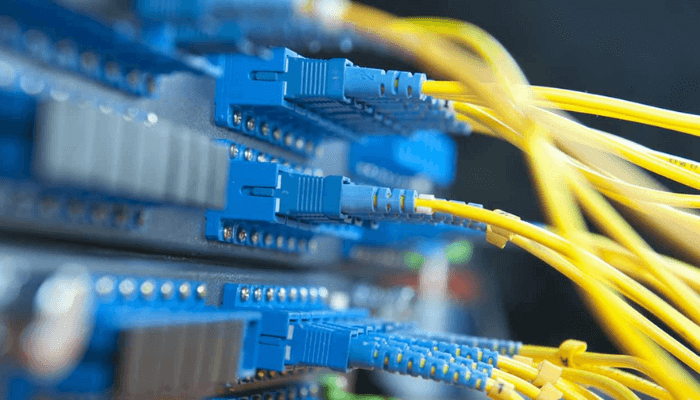Nigeria will need $461 million to provide telecom services to 97 remote communities that currently lack access, according to findings by PULSWIRE NG Back in 2013, around 36.8 million Nigerians living in 207 communities had no access to telecom services. By 2019, that number dropped to 31.16 million people in 114 communities. A 2022 study shows further progress, with the number of affected communities now reduced to 97, covering about 27.91 million people.
A recent report by GSMA, however, revealed that connecting these remaining communities will require a significant investment of $461 million.
Why Are These Communities Still Unconnected?
Telecom operators in Nigeria, like MTN and Airtel, have been spending heavily to expand their networks. In 2021, they invested ₦536.91 billion in infrastructure. This increased to ₦613.13 billion in 2022 and ₦732.42 billion in 2023. Despite these efforts, reaching remote areas is costly, and the returns are low because these areas have fewer people and lower internet usage due to poverty and lack of digital skills.
To solve this problem, GSMA suggests the government should provide incentives for telecom operators and find ways to encourage people in these areas to use internet services.
The Role of the Universal Service Provision Fund (USPF)
The Nigerian government set up the Universal Service Provision Fund (USPF) to bring telecom services to rural and underserved areas. This fund is meant to ensure everyone can access affordable telecom services, regardless of where they live.
However, Jide Awe, a policy advisor, has criticized the implementation of this fund, saying that too much bureaucracy is slowing down progress. He urged the Nigerian Communications Commission (NCC) to work closely with telecom operators to understand their challenges and address them. He also called on the government to offer soft loans to encourage operators to build infrastructure in hard-to-reach areas.
Progress and the Future
The Nigerian National Broadband Plan (2020–2025) aims to achieve 70% broadband penetration by 2025 and 96% mobile broadband coverage by 2030. If successful, this would ensure internet access for nearly all Nigerians.
According to Adeolu Ogunbanjo, President of the National Association of Telecommunications Subscribers (NATCOMS), there are currently about 95,000 kilometers of fiber optic cables in Nigeria, with the private sector responsible for laying 35,000 kilometers of this network. He urged the government to fast-track the completion of the remaining fiber network as part of its mandate.
He also highlighted the government’s licensing of seven Infrastructure Companies (InfraCos) to lay fiber across the country’s six geopolitical zones. This initiative is expected to reduce data costs, improve connectivity, and help Nigeria achieve its broadband goals by 2025.
In summary, while progress has been made, significant work and funding are still needed to connect Nigeria’s unserved and underserved communities to telecom services.




